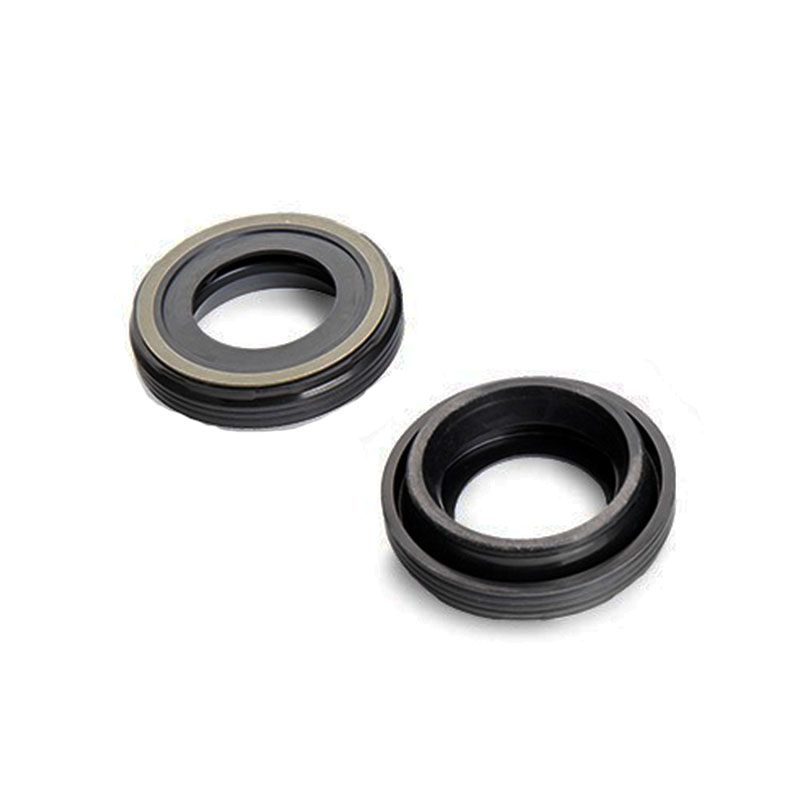axle oil seals
Understanding Axle Oil Seals Importance, Types, and Maintenance
Axle oil seals play a crucial role in the functionality and longevity of various machinery, especially in vehicles. These seals are designed to prevent fluids from leaking out of the axle assembly while also keeping contaminants such as dirt, dust, and water from entering the system. Their efficient performance is essential for maintaining the health of the axle, ensuring smooth operation, and preventing expensive repairs in the future.
The Importance of Axle Oil Seals
Axle oil seals are critical components that contribute significantly to the overall performance of an axle system. They are particularly重要 in vehicles where the axle carries heavy loads and withstands significant stress. The primary function of these seals is to maintain a barrier between the internal lubrication and external environment. In doing so, they help keep the lubricant in place, which is essential for reducing friction and wear between moving parts. Proper lubrication not only enhances performance but also extends the lifespan of the axle assembly, ultimately leading to safer vehicle operation.
Moreover, when axle oil seals fail, it can lead to catastrophic results. Leaking oil can affect the vehicle's performance, cause overheating, or lead to severe damage that might require a complete axle replacement. Understanding the symptoms of a failing axle oil seal—such as oil spots under the vehicle or unusual noises from the axle compartment—is vital for timely intervention and repair.
Types of Axle Oil Seals
There are various types of axle oil seals, each designed to cater to specific needs and applications. The most common types include
1. Single Lip Seals These are the most basic type of oil seal. They consist of a round elastomeric lip that makes contact with the shaft, creating a tight seal. They are ideal for light-duty applications.
2. Double Lip Seals These seals have two lips, which provide better protection against dirt and contaminants. They are suitable for heavier-duty applications and environments where exposure to adverse elements is likely.
3. Spring-loaded Seals These seals feature a spring that exerts additional pressure against the lip, ensuring a tight seal even in high-pressure scenarios. They are commonly used in heavy machinery.
axle oil seals

4. Metal Case Seals Designed for heavy-duty applications, these seals come with a rigid metal casing that provides added strength and durability. They are often used in trucks and agricultural machinery.
Maintenance of Axle Oil Seals
Proper maintenance of axle oil seals is crucial for ensuring their longevity and effectiveness. Here are some key practices
- Regular Inspections Routine checks of the axle seals can help identify wear or damage. Look for signs of leakage, cracks, or deformation.
- Lubrication Ensure that the axle components are adequately lubricated. Over time, the lubricant can degrade, leading to increased friction and wear on the seals.
- Environment Control If possible, keep the vehicle or machinery in an environment that minimizes exposure to dirt and moisture. Applying protective coatings can also help.
- Replacement If a seal shows signs of failure, it is essential to replace it promptly. Neglecting to do so can result in more extensive damage and costly repairs.
Conclusion
Axle oil seals are often overlooked yet critical components in ensuring the effective operation of machinery and vehicles. By understanding their importance, types, and how to maintain them, users can significantly enhance the reliability and lifespan of their axle systems. Investing time and resources into the upkeep of axle oil seals can lead to savings and improved performance in the long run.
-
Understanding the Front Main Engine Seal: Purpose, Maintenance, and Installation
News Jul.29,2025
-
Understanding O-Rings and Seal Rings: Types, Applications, and Custom Solutions
News Jul.29,2025
-
Understanding Crankshaft Oil Seals: Rear Seals, Pulley Seals, and Their Role in Engine Integrity
News Jul.29,2025
-
The Importance of Front and Rear Crankshaft Seals in Engine Performance and Oil Management
News Jul.29,2025
-
Crank Oil Seals: Functions, Types, and Cost Considerations in Engine Maintenance
News Jul.29,2025
-
A Comprehensive Guide to O-Rings and Seals: Types, Materials, and Global Applications
News Jul.29,2025
-
Mastering Diesel and Performance Engine Maintenance: A Guide to Critical Oil Gaskets
News Jul.28,2025
Products categories















